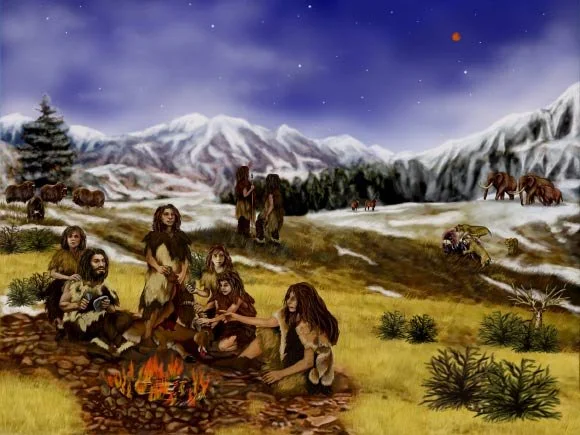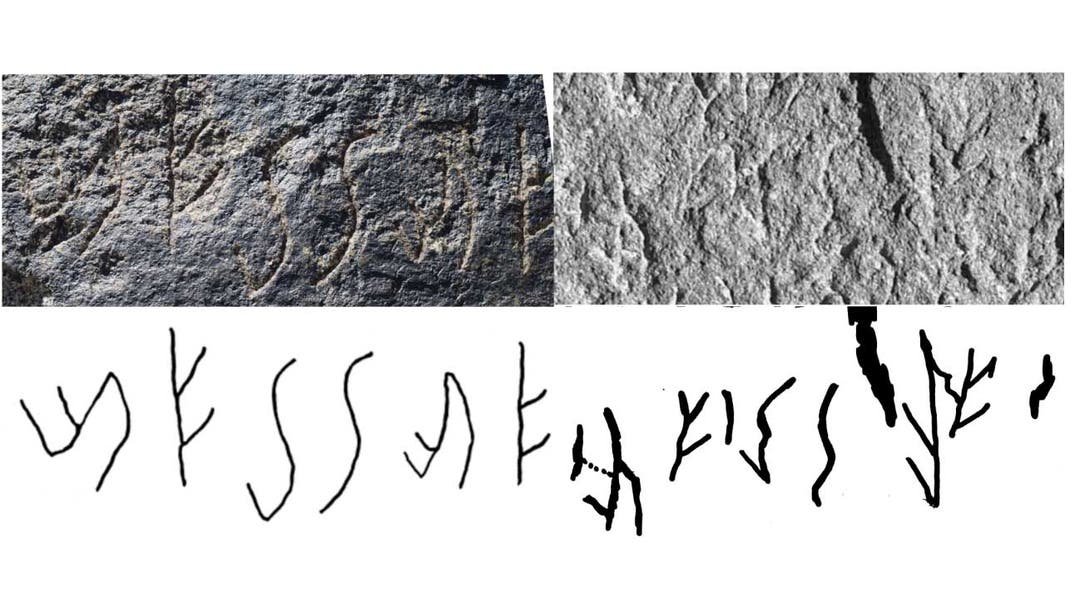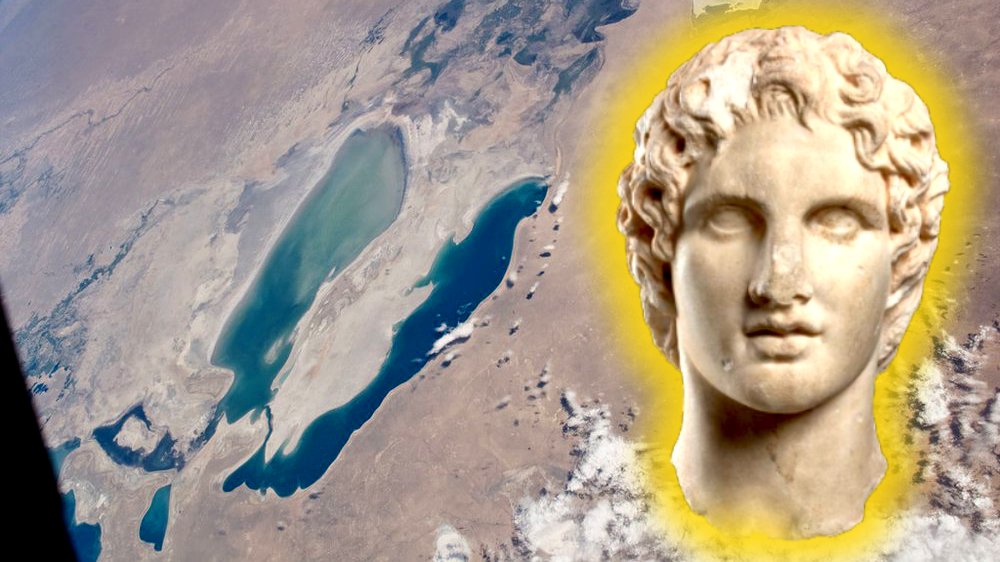The Ministry of Science and Higher Education of Kazakhstan claims the discovery of a huge Bronze Age pyramid.
Archaeologists and students at the Eurasian National University have been excavating the Bronze Age pyramid since 2014.
The building, which is unique to the Eurasian steppes and dates to the second millennium BC, may have been connected to an ancient horse religion.
Ulan Umitkaliyev, head of the archaeology and ethnology department of the Eurasian National University, stated in a press release that "this is a very complex construction." "The steppe pyramid was incredibly precisely constructed; it is hexagonal.
"There are eight rows of stones and thirteen meters between each face. There are multiple circles in the midst of this extremely intricate structure.
Since 2014, archaeologists from the L.N. Gumilyov Eurasian National University have been researching the site in Kazakhstan's Abai area. The Bronze Age, which spanned from 3300 BC to 1200 BC and was marked by the use of bronze for tools and weapons, was largely centered on the Eurasian steppe. The steppe region, which runs from Eastern Europe to Asia, served as a route for trade, migration, and cultural interchange during this time.
According to the National Science Foundation, people began domesticating horses in Kazakhstan at this time. And the walls of the pyramid can be seen reflecting this.
The walls outside the building in the same complex are dominated by pictures of animals, particularly horses, according to Umitkaliyev. "A camel is also depicted there."
Each face of the hexagonal pyramid spans roughly 42 feet.
Indeed, these horses made it possible for people to travel farther and helped spread languages, foods, ideas, and cultural expression along the Silk Road, a network of trade routes that ran through Eurasia from the second century BC until the middle of the fifteenth century.
The additional gems that the archaeological team has uncovered at the site show evidence of this rich cultural interchange.
"Findings in excavations, ceramics, female gold earrings, and other jewelry indicate that this Bronze Age was the center of culture in ancient times," stated Umitkaliyev. The discovery of horse bones near the stone building indicates that the religion of the horse was particularly strong even at the time.
Students from the university and researchers from other countries will assist in the site's continued excavation.































